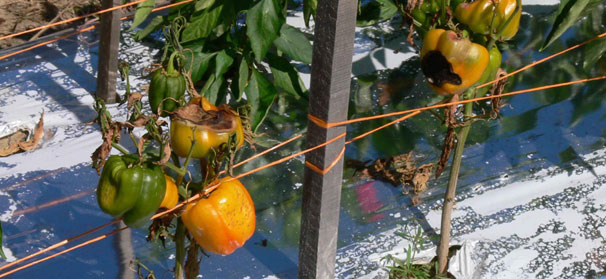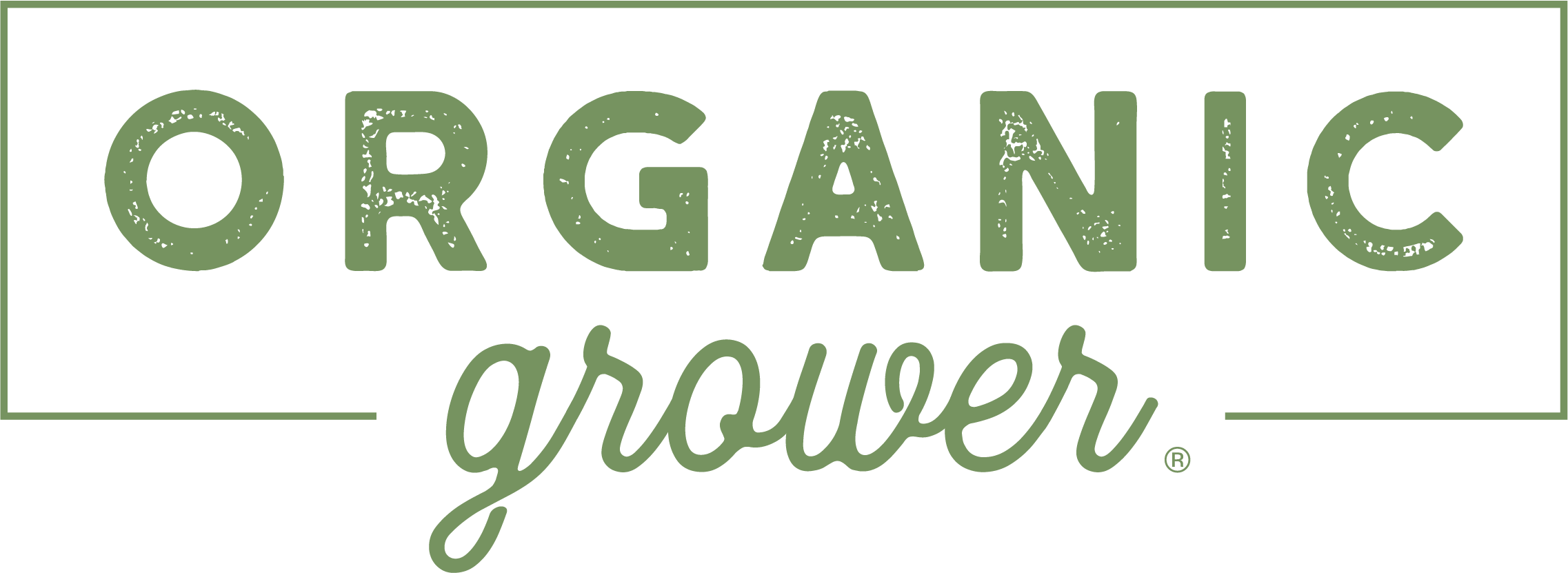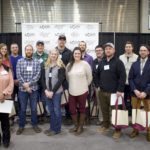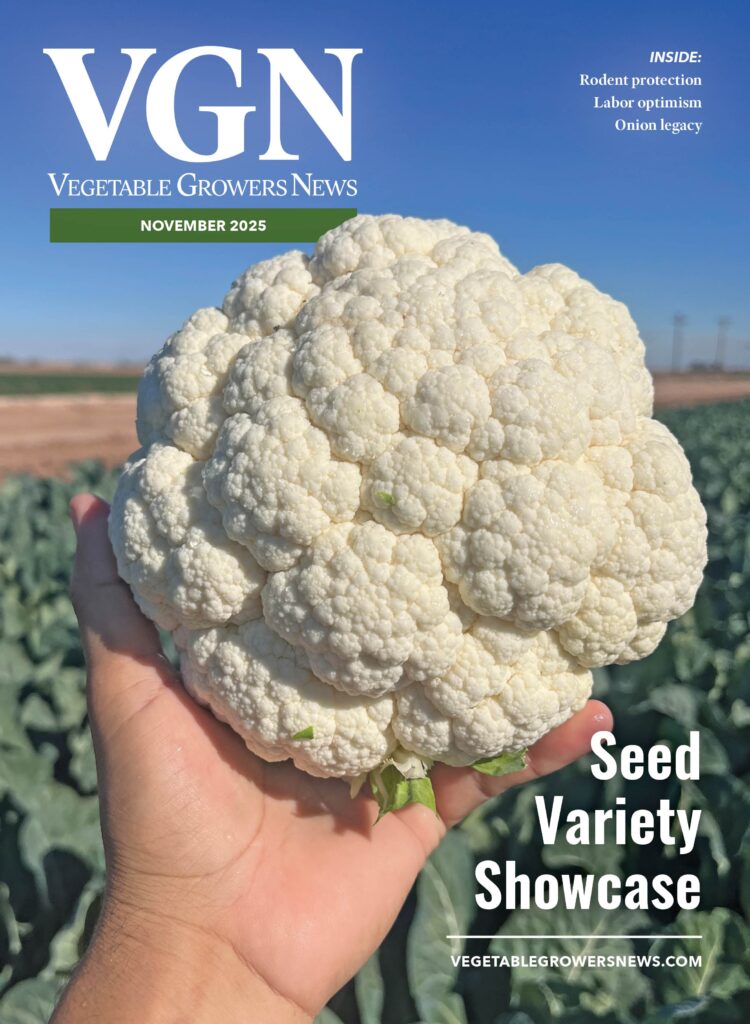
Jul 23, 2012Shade Cloth Boosts Yields and Sustainability in Pepper Production Management
In the Southeast, commercial bell pepper growers face a formidable challenge: the sun. Scorching summer temperatures make production nearly impossible, while spring and fall heat can still damage fruit quality and reduce marketability. These pressures highlight the need for effective pepper production management strategies that help crops withstand heat stress and maintain yields.
Shade Cloth Research
Juan Carlos Diaz-Perez, horticulturist with UGA’s College of Agricultural and Environmental Sciences, began testing black plastic shade cloth in 2007. His initial findings were striking: shaded pepper plants grew taller, produced more and larger leaves, and generated higher total and marketable yields with far fewer culls.
From 2009 to 2011, Diaz-Perez compared five levels of shading, from zero to 80 percent. At UGA’s Tifton campus, he discovered that plastic cloth creating 30 percent shade improved by photosynthesis and doubled marketable yield.
Only 10 percent of shaded peppers were lost to disease or damage, compared to as much as 50 percent under full sunlight. Shade cloth also prolonged the growing season by nearly a month.
“While many growers in south Georgia stop harvesting in June, we can continue harvesting easily at least four more weeks,” Diaz-Perez said. “There’s definitely no comparison in the quality of the fruit between the shaded and un-shaded fruit, particularly when the fruit is harvested in the summer or late spring.”
Mulch Choices: Black vs. Silver
Mulch played a key role in managing pepper health. Diaz-Perez found that reflective silver plastic mulch retained less heat than black mulch during summer, protecting roots from stress while performing equally well in spring.
Black mulch warmed the soil effectively for early planning, but its heat retention became detrimental later in the season. Silver mulch reflected solar radiation, providing cooler conditions and better root protection.
Sustainability and Plant Health
Shading and mulching together showed strong potential to make pepper production management more sustainable. Shade-grown plants needed less water, experienced fewer diseases such as anthracnose and blossom end rot, and showed reduced sunscald. They also resisted pests and tomato spotted wilt virus more effectively.
“Because they are less stressed,” Diaz-Perez explained. “It’s just like you. If you were outside or if you were inside the shading, where would you feel more comfortable? Why would we think that the plants are different than that?”
Healthier plants also required fewer pesticide applications, reducing chemical exposure for field workers.
Adoption and Future Use
Peppers are a $28 million crop in Georgia, yet Diaz-Perez noted that few growers in the state currently use the shading system. Florida, however, has seen significant adoption.
Since growing conditions in south George and north Florida are similar, Diaz-Perez believes the approach has wide potential. “If it works there, it can work here,” he said.
Shade cloth can adapt to many structures, form makeshift pup tents to commercial frames large enough for tractors. Diaz-Perez recommends a minimum height of 15 feet to maximize air circulation and reduce heat stress.
“We are very confident that the system works, the shading works,” he said.
The Next Step in Pepper Production Management
Research continues to demonstrate how tools like shade cloth and reflective mulch can help growers overcome environmental challenges. By extending the season, improving yields, and reducing inputs, these innovations mark an important advancement in sustainable pepper production management.
— Donn H. Cooper, University of Georgia
















